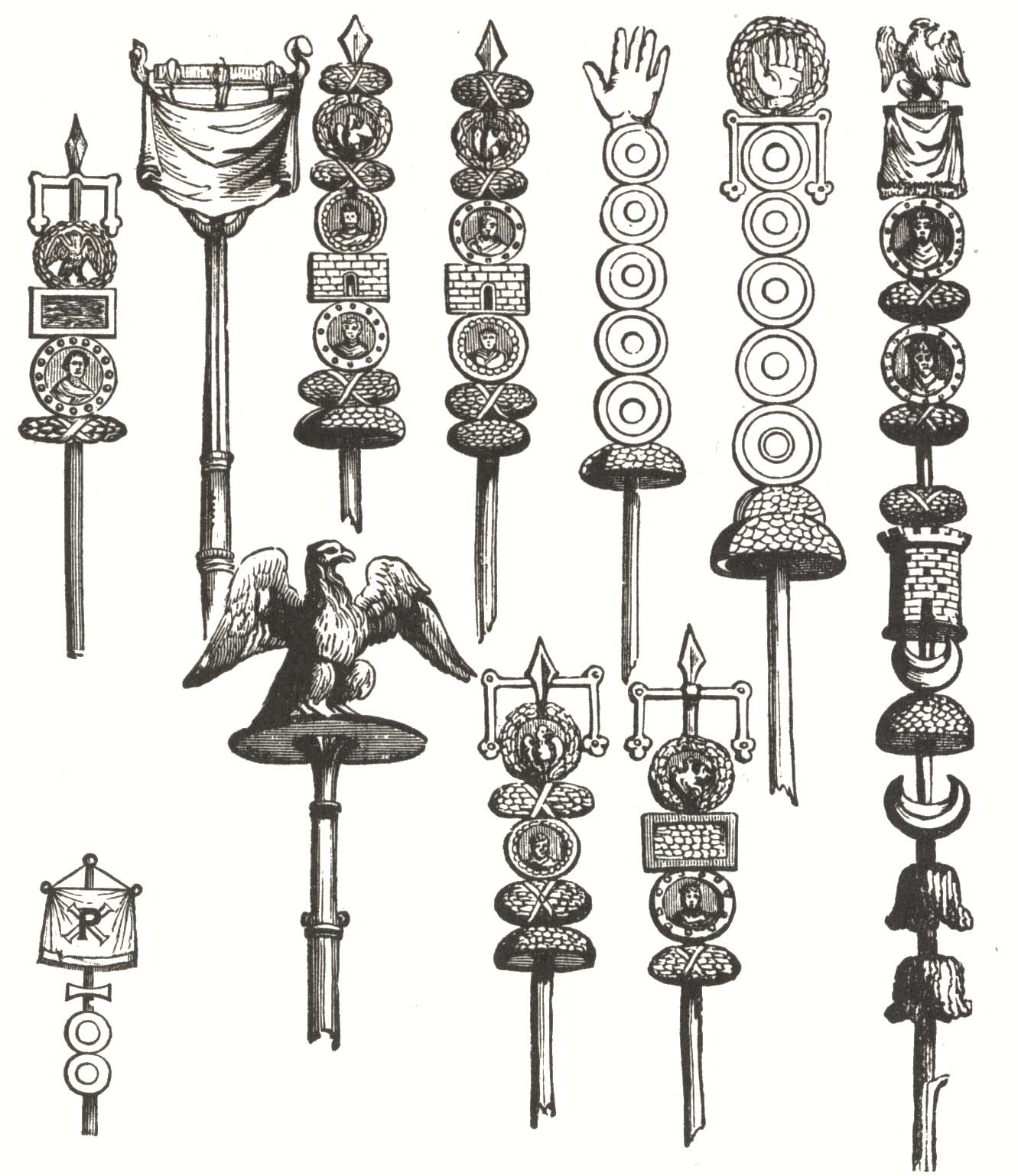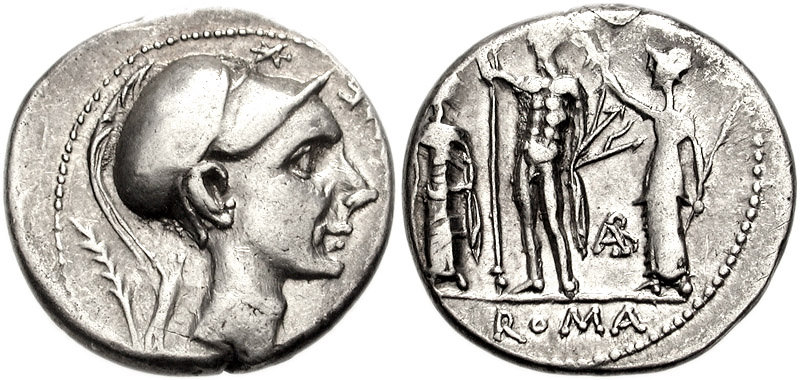|
Imperial Roman Army
The Imperial Roman army was the military land force of the Roman Empire from about 30 BC to 476 AD, and the final incarnation in the long history of the Roman army. This period is sometimes split into the Principate (30 BC – 284 AD) and the Dominate (285–476) periods. Under Augustus (), the army consisted of '' legions'', eventually ''auxilia'' and also '' numeri''. By the end of Augustus' reign, the imperial army numbered some 250,000 men, equally split between 25 legions and 250 units of auxiliaries. The numbers grew to a peak of about 450,000 by 211, in 33 legions and about 400 auxiliary units. By then, auxiliaries outnumbered legionaries substantially. From this peak, numbers probably underwent a steep decline by 270 due to plague and losses during multiple major barbarian invasions. Numbers were restored to their early 2nd-century level of c. 400,000 (but probably not to their 211 peak) under Diocletian (r. 284–305). After the Empire's borders became settled (on the R ... [...More Info...] [...Related Items...] OR: [Wikipedia] [Google] [Baidu] |
Vexilloid Of The Roman Empire
A vexilloid is any flag-like (vexillary) object used by countries, organisations, or individuals as a form of representation other than flags. American vexillologist Whitney Smith coined the term ''vexilloid'' in 1958, defining it as This includes vexillum, vexilla, banderoles, pennons, streamers, heraldic flag, heraldic flags, standards, and gonfalons. Examples include the Sassanid battle standard Derafsh Kaviani, and the standards of the Roman legion, Roman legions such as the Aquila (Roman), eagle of Augustus Caesar's Legio X Fretensis, Xth legion and the Draconarius, dragon standard of the Sarmatians; the latter was allowed to fly freely in the wind, carried by a horseman, but depictions suggest that it bore more similarity to an elongated dragon kite than to a simple flag. The use of flags replaced the use of vexilloids for general purposes during late medieval times between about 1100 to about 1400. However, vexilloids still remain in use for specialised purposes, such as ... [...More Info...] [...Related Items...] OR: [Wikipedia] [Google] [Baidu] |
Augustus
Caesar Augustus (born Gaius Octavius; 23 September 63 BC – 19 August AD 14), also known as Octavian, was the first Roman emperor; he reigned from 27 BC until his death in AD 14. He is known for being the founder of the Roman Principate, which is the first phase of the Roman Empire, and Augustus is considered one of the greatest leaders in human history. The reign of Augustus initiated an imperial cult as well as an era associated with imperial peace, the ''Pax Romana'' or ''Pax Augusta''. The Roman world was largely free from large-scale conflict for more than two centuries despite continuous wars of imperial expansion on the empire's frontiers and the year-long civil war known as the "Year of the Four Emperors" over the imperial succession. Originally named Gaius Octavius, he was born into an old and wealthy equestrian branch of the plebeian ''gens'' Octavia. His maternal great-uncle Julius Caesar was assassinated in 44 BC, and Octavius was named in Caesar' ... [...More Info...] [...Related Items...] OR: [Wikipedia] [Google] [Baidu] |
Peregrinus (Roman)
In the early Roman Empire, from 30 BC to AD 212, a ''peregrinus'' (Latin: ) was a free provincial subject of the Empire who was not a Roman citizen. ''Peregrini'' constituted the vast majority of the Empire's inhabitants in the 1st and 2nd centuries AD. In AD 212, all free inhabitants of the Empire were granted citizenship by the ''Constitutio Antoniniana'', with the exception of the ''dediticii'', people who had become subject to Rome through surrender in war, and freed slaves.Giessen Papyrus, 40,7-9 "I grant to all the inhabitants of the Empire the Roman citizenship and no one remains outside a civitas, with the exception of the dediticii" The Latin '' peregrinus'' "foreigner, one from abroad" is related to the Latin adverb ''peregre'' "abroad", composed of ''per-'' "through" and an assimilated form of ''ager'' "field, country", i.e., "over the lands"; the ''-e'' () is an adverbial suffix. During the Roman Republic, the term ''peregrinus'' simply denoted any person who did not h ... [...More Info...] [...Related Items...] OR: [Wikipedia] [Google] [Baidu] |
Roman Army Of The Mid-Republic
The Roman army of the mid-Republic, also called the manipular Roman army or the Polybian army, refers to the armed forces deployed by the mid-Roman Republic, from the end of the Samnite Wars (290 BC) to the end of the Social War (88 BC). The first phase of this army, in its manipular structure (290–c. 130 BC), is described in detail in the '' Histories'' of the ancient Greek historian Polybius, writing before 146 BC. The central feature of the mid-Republican army was the manipular organisation of its battle-line. Instead of a single, large mass (the phalanx) as in the Early Roman army, the Romans now drew up in three lines (''triplex acies'') consisting of small units (maniples) of 120 men, arrayed in chessboard fashion, giving much greater tactical strength and flexibility. This structure was probably introduced in c. 300 BC during the Samnite Wars. Also probably dating from this period was the regular accompaniment of each legion by a non-citizen formation of roughly equal s ... [...More Info...] [...Related Items...] OR: [Wikipedia] [Google] [Baidu] |
Velites
''Velites'' (singular: ) were a class of infantry in the Roman army of the mid-Republic from 211 to 107 BC. ''Velites'' were light infantry and skirmishers armed with javelins ( la, hastae velitares), each with a 75cm (30 inch) wooden shaft the diameter of a finger, with a 25cm (10 inch) narrow metal point, to fling at the enemy. They also carried short thrusting swords, or ''gladii'', for use in melee. They rarely wore armour as they were the youngest and poorest soldiers in the legion and could not afford much equipment. They did carry small wooden shields called ''parma'' for protection, and wore headdresses made from wolf skins so their brave deeds could be recognized. The ''velites'' were placed at the front partly for tactical reasons, and also so that they had the opportunity to secure glory for themselves in single combat. ''Velites'' did not form their own units; a number of them were attached to each ''maniple'' of ''hastati'', ''principes'' and ''triarii''. They were ... [...More Info...] [...Related Items...] OR: [Wikipedia] [Google] [Baidu] |



